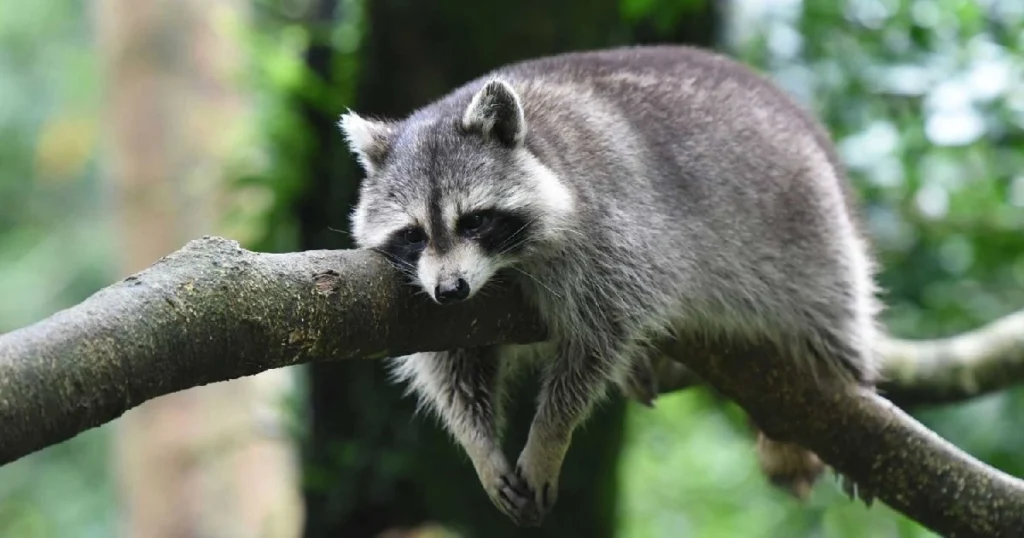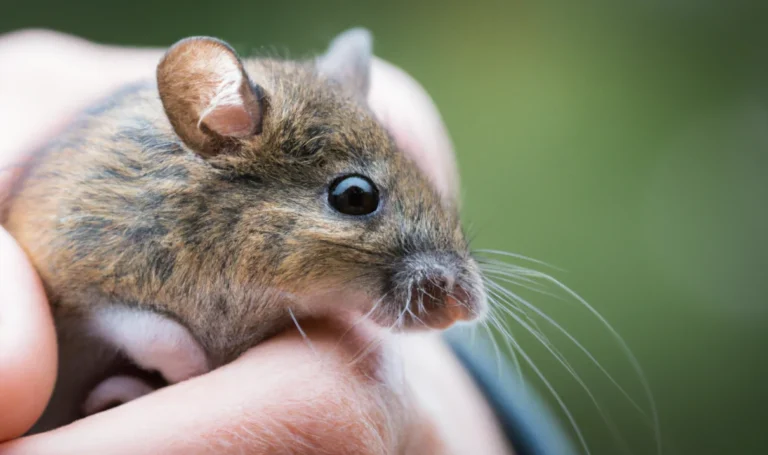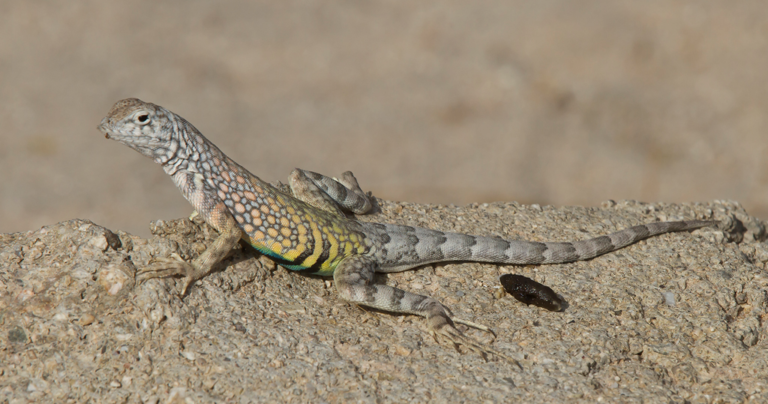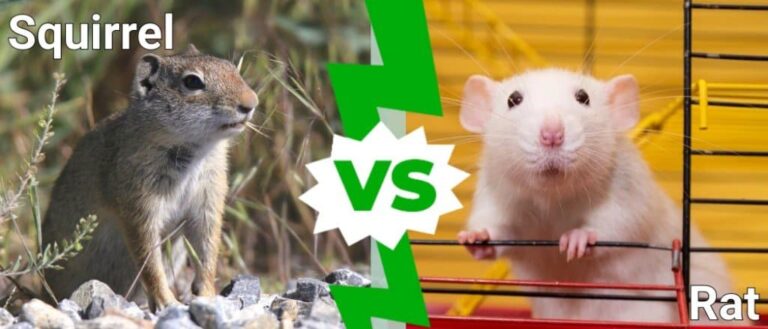Where Do Raccoons Go During the Day?
Introduction
This is due to the fact that raccoons are night animals that which can become a menace to children, domestic animals and other wild animals unlike cats. However, as much as this is popular in discussion amongst pet owners, to determine on whether raccoons chase the cats away, adequate information is essential.
This much is sufficient given the fact that raccoons are those animals that are active at nighttime and pose a great danger to children, other domestic animals and wildlife unlike cats. Even as this become a topic that rats lovers will defend, it will be relevant first to have adequate information in regards to the question on whether raccoons drive out cats.
Raccoon Activity
It can be noted that raccoons can be very much mobile at night, therefore it is considered as a nocturnal animal. Thisle helps in an attempt to avoid them or its predators such as coyotes, wolves and large fowls in this particular sub-order. They are also crepuscular and this implies that such species are most likely to be very active in the morning and during the evening when it is light but the day is fading off hence feeding is easy since many predators would have retired to hunting.
The fact that their activities are active at night has been associated with several factors.
This means that at night, raccoons are not easily attacked by many big animals that are potential predators to raccoons.
- Foraging: Raccoons are omnivores and depending on their ability to scavenge in the night when there are less humans and other activities around.
- Temperature regulation: raccoons forage at night hence they will only come out at night this is probably due to the heat of the day.
Nonetheless, when the raccoons are not so active in their activities, they require a den where they can sleep and refrain from movement.nergy. Therefore, this raises the obvious question: Where do raccoons hide in the day time?
How to Identify Skunk Scat Visual Guide & Tips?
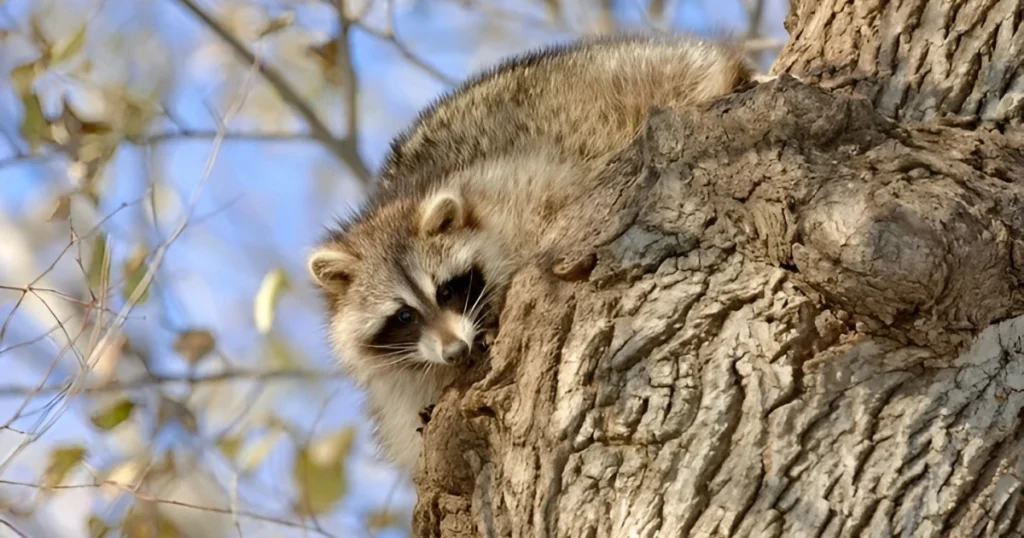
Where Do Raccoons Go During the Day?
At night, raccoons goes to the hide at any secure and shaded area that it cannot be seen by any other dangers. Here is the list of raccoons’ mostly nocturnal activity:
- Hollow Trees and Tree Cavities
They are primarily nocturnal animals, agile climbers up to the extent that they nest in trees hollows or cavities. They make sure they provide them with natural dwelling where they can spend their day in comfortably. There are several advantages associated with the holes found in trees that include protection from the vagaries of the day light, from predators, and from any disturbances that characterizes the day light period. Some of the more frequently preferred regions of raccoons are large trees, forests, woodlands and parks especially those that contain old trees.
2. Attics and Crawl Spaces
This explains why raccoons have changed their residential behaviors and move closer to the human society because of increase in urbanization across the face of the earth. It is a fact which has been established through research that raccoons are small viverrine mongrels that chiefly get into a house by climbing on to the roof to access an attic, some sort of space that is a crawl or a ventilating shaft. These areas are also assisting their occupants in search for the place of rest and sleep during the day time. This is commonly seen in suburban and rural areas as people’s residence is generally close to raccoon habitat.
This is so since attics serve as suitable, concealed and secure harbors and sanctuaries to these raccoons where they give birth, nurture their young for several months until they are able to fend for themselves and even sleep. There are general signs that you can easily notice such as noise in the attic, flickering lightings, opened trash containers, and damaged vents which are some of the signs that indicate raccoons are in your compound.
3. Sheds, Garages, and Barns
Raccoons are also adaptable to any region as long as it offers some form of shelter and they are known to infiltrate any humanmade structures that is outside such as sheds, garages and Barns. These structures afford the jurassic protection from the ultraviolet sun, rain and aggressions from other predators as well as food. This is why raccoons are often noted to prefer living in such structures as sheds and barns because the owners leave them for most of the day to sleep hence leaving the structures unoccupied.
4. Abandoned Buildings and Structures
At other times, they Proceed to unoccupied buildings especially at night or buildings that are not in use frequently. Some of these are cal found to bekind of noisy and provide relatively concealed area which might be comfortable to raccoons in the sense of hide and seek. Most raccoons in metropolitan areas dwell in the wastelands of buildings, sewers or any other structure that will provide them with shelter.
5. Bushes, Shrubs, and Dense Vegetation
With reference to the sleeping behavior, they build nest in shrubs or small bushes and undertake the activity during night whereas during the day, they hide in thick compartments that include; bushes, grass among others. Due to the fact that these areas serve also as their safe havens from hides from both prospective predators and humans. This is due to , the availability of thick undergrowth thus it can comfortably relax in the warmth of the forest to take a nap during the day.
6. Burrows and Dens in the Ground
At time these animals select or constitute burrow, den, or abandoned animals nests in the ground. They can mainly be advantageous where individuals are likely to be exposed to high temperatures in an area to avoid(scarnet heat of the sun) at the same time, they get escape from carnivores. Nonetheless, it is not more common as what is seen in cases where climbers try to ascend up the trees or some human creations.

Raccoon Behavior During the Day
However, it has been pointed out that raccoons are not totally nocturnal but they are creepers throughout the day but they sleep during most of the day. There are generally no packs of raccoons and as much as they are nocturnal animals they may spend most of their time in a den sleeping. However when it comes to their sleep wake cycle they said to be incoherent and wake up often in a single night to move around or even take a drink of water or engage in any other activities that do not require a lot of energy.
Raccoons often lie down or lie in a tunnel – that is, their posture in one line with the head and limbs bent to the end; often, they keep warm in the least visible place so as not to be threatened. They are also, during such moments observed to spend a lot of time washing their bodies, andridgid themselves, and remove lice from their bodies.
Raccoon Behavior During the Night
In so far as the raccoons’ behavior is concerned, raccoons are known to be active more so during the night time. They are inclined in foraging and can likely locate their prey in the urban and suburban areas most of the time. His diet includes all types of food including fruits, insects such as spiders, mice and rats, and human foods like leftovers. It should also be noted that raccoons have very dexterous front paws that allow it to pickup the food, or drop it in some containers, open chins, bins or doors among others.
Like other raccoons, they are active at night, therefore it is always easy for them to interact with other raccoons especially those which are of the opposite sex during a particular season known as the breeding season. They are solitary animals although they can communicate with other animals by shouts, some body imitations and smell. They are territorial animals and as much as they may come across other raccoons within the same locality, do not hesitate to enter into a fight.
Why Do Raccoons Avoid Daylight?
The following is a list of what makes raccoons to avoid going out at daylight: Firstly, raccoons are crepuscular animals and therefore the their eyes and body cycles are most active during the evening and at night. However, daytime has some inabilities for instance there are many predators because it is daybreak and there is too much heat; therefore early evening is appropriate for the shooting of this scene.
Nonetheless, raccoons are intelligent and they are also very cautious and alert animals. Their inclination to be active during the night also enables them avoid anything that may cause havoc in the day, thus can survive in the jungle.
Table, Raccoon Daily Activity Cycle
| Time of Day | Activity | Behavior |
|---|---|---|
| Early Morning | Resting/Seeking Shelter | Raccoons settle in a safe spot like trees, attics, or sheds. |
| Late Morning | Resting/Light Movement | They rest in cool, shaded areas to avoid heat. |
| Afternoon | Sleeping | Raccoons sleep in a safe spot to stay away from predators and the sun. |
| Early Evening | Emerging to Forage | Raccoons begin to stir, becoming more active as night falls. |
| Night (Dusk) | Foraging and Hunting | Most raccoons are active, foraging for food and socializing. |
| Late Night | Exploration and Nesting | They continue their activities and prepare to return to their resting spots. |
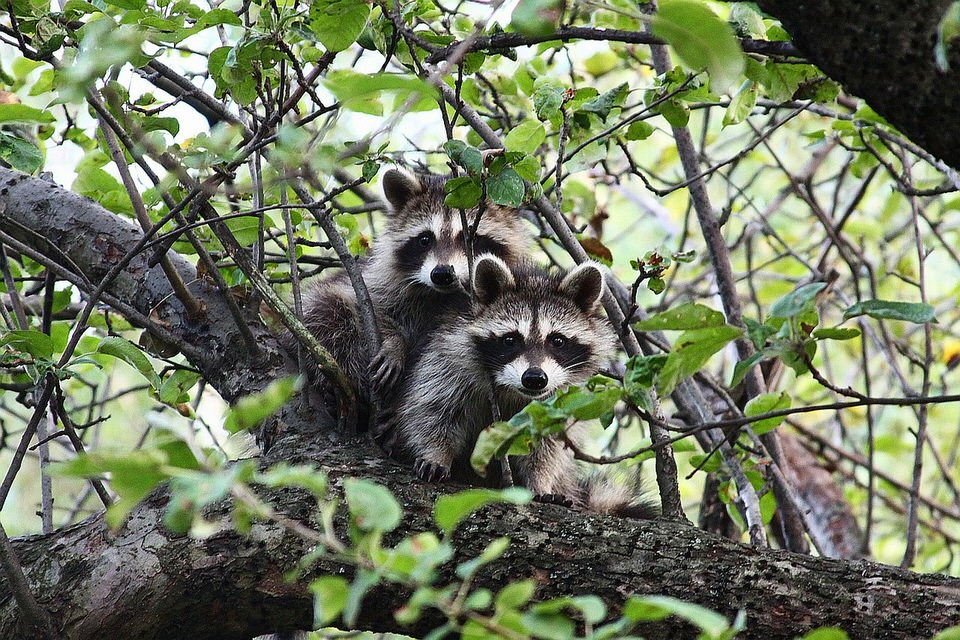
How to Keep Raccoons Away from Your Home
To give concrete examples that people have to follow in case they live in the raccoon inhabited territory in order not to come across such a possibility. The followings are some techniques through which raccoons should be rebuffed:
- Seal Pant UTF8: Check and seal all the outlets in your house such as the vents, chimneys, etc.
- Garbage Bin Enclosures: Raccoons are omnivores and would be more than willing to forage for food in a trash can if it has not been locked. Use animal-proof containers.
- Eliminate Food Supplies: Do not feed your pets outdoors after dark or allow other food sources that raccoons might consume outdoors.
In some parts of the home, the raccoons may be intimidated by a floodlight, motion-activated lights or sprinklers.
Remove branches that are within the reach of raccoons because they are very good climbers and may make their way to the roof or the attic.
Conclusion
Raccoons are mature animals, who are active during night periods and at these moments they constantly look for a shelter or a hole, where they could stay during daytime. These smart animals have adapted themselves in any habitat and there can be seen in trees, in the attic, in sheds or even in the remnants of some particular buildings. It has a very vital function of aiding the animals to evade possible predators whenever they are feeding as well as feeding exercises are efficiently implemented at night.
More Read=Where Do Raccoons Go During the Day?

